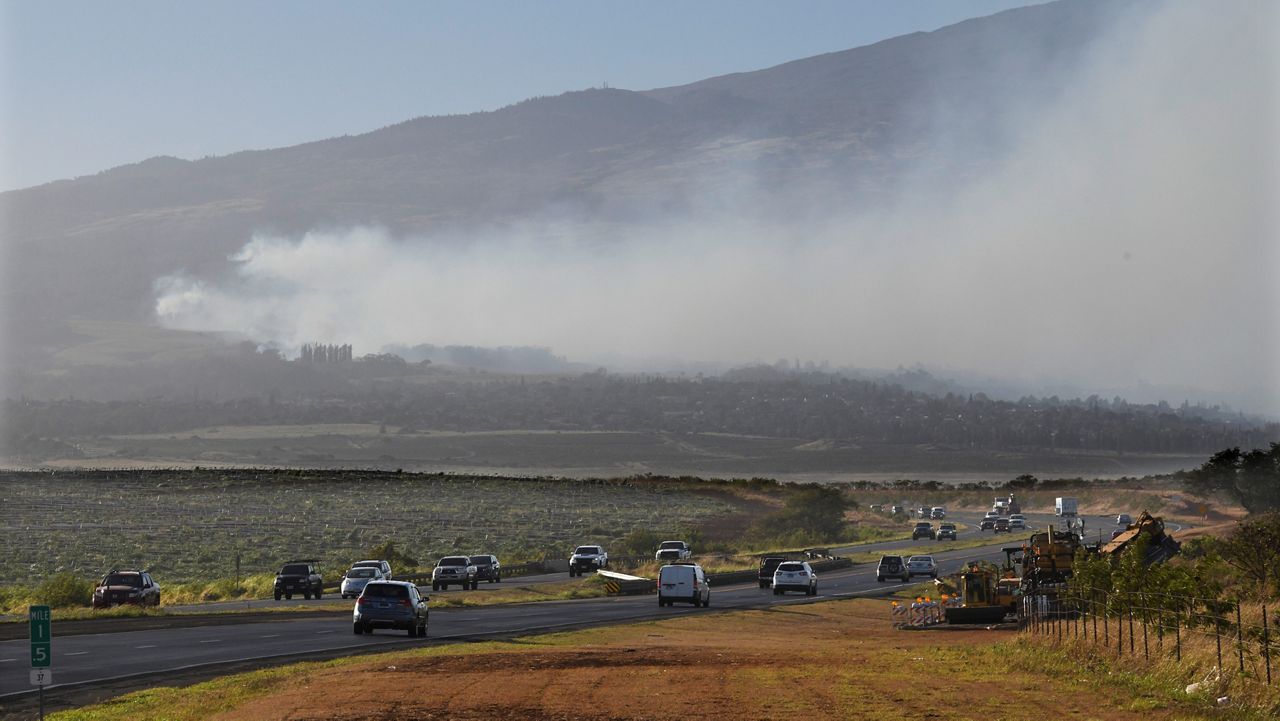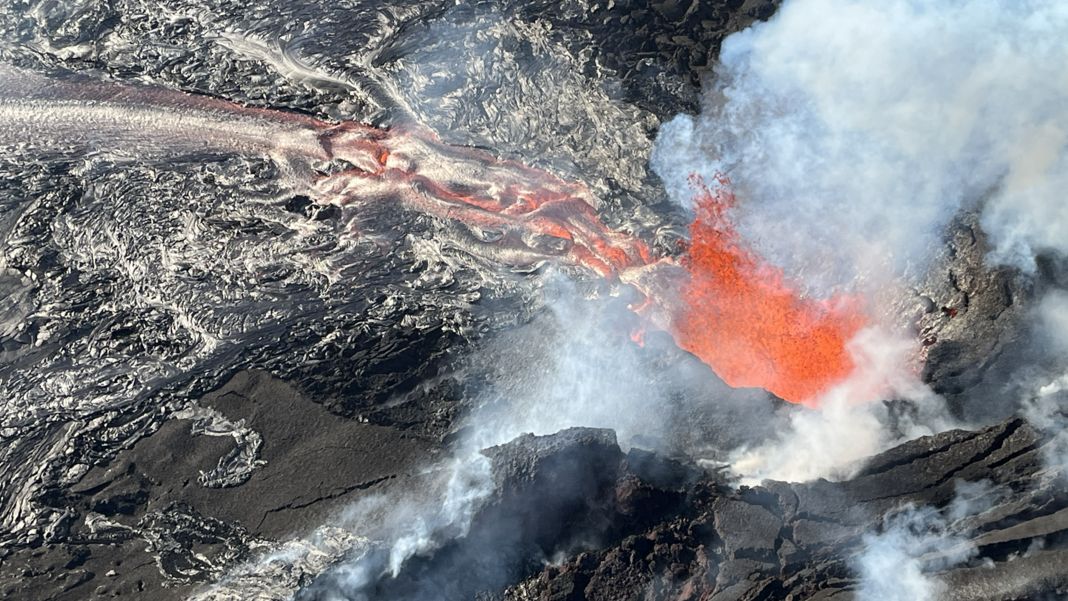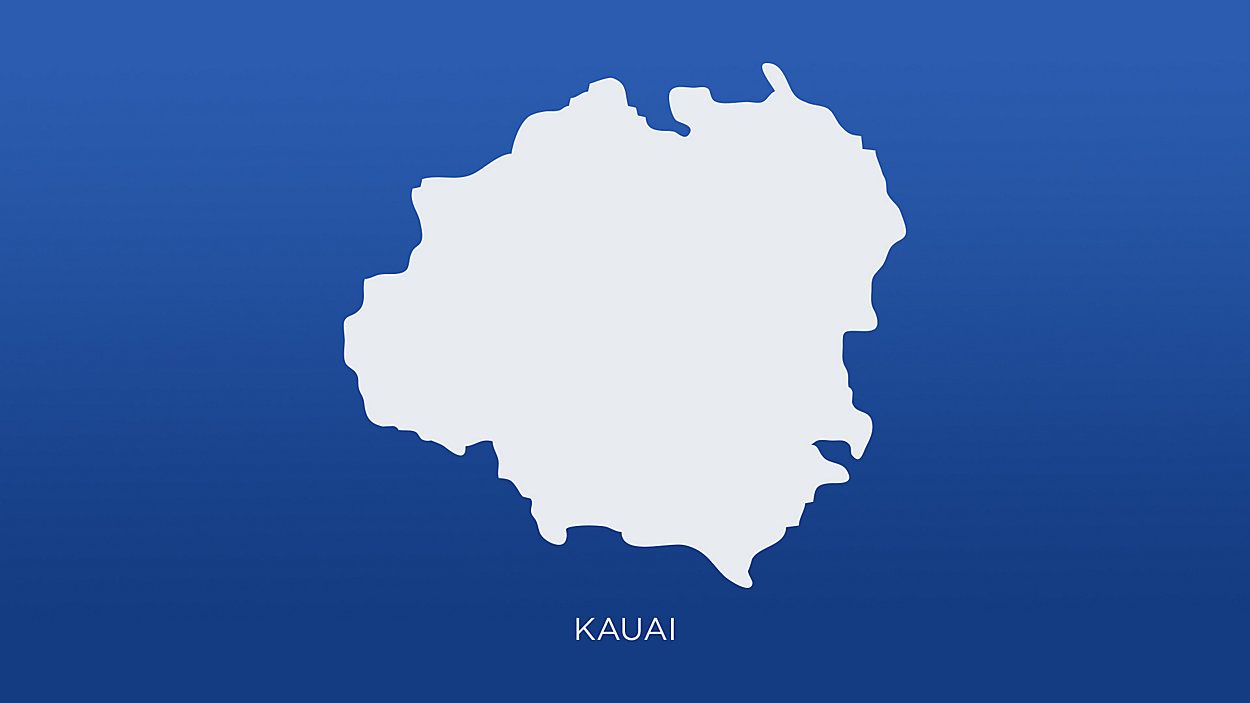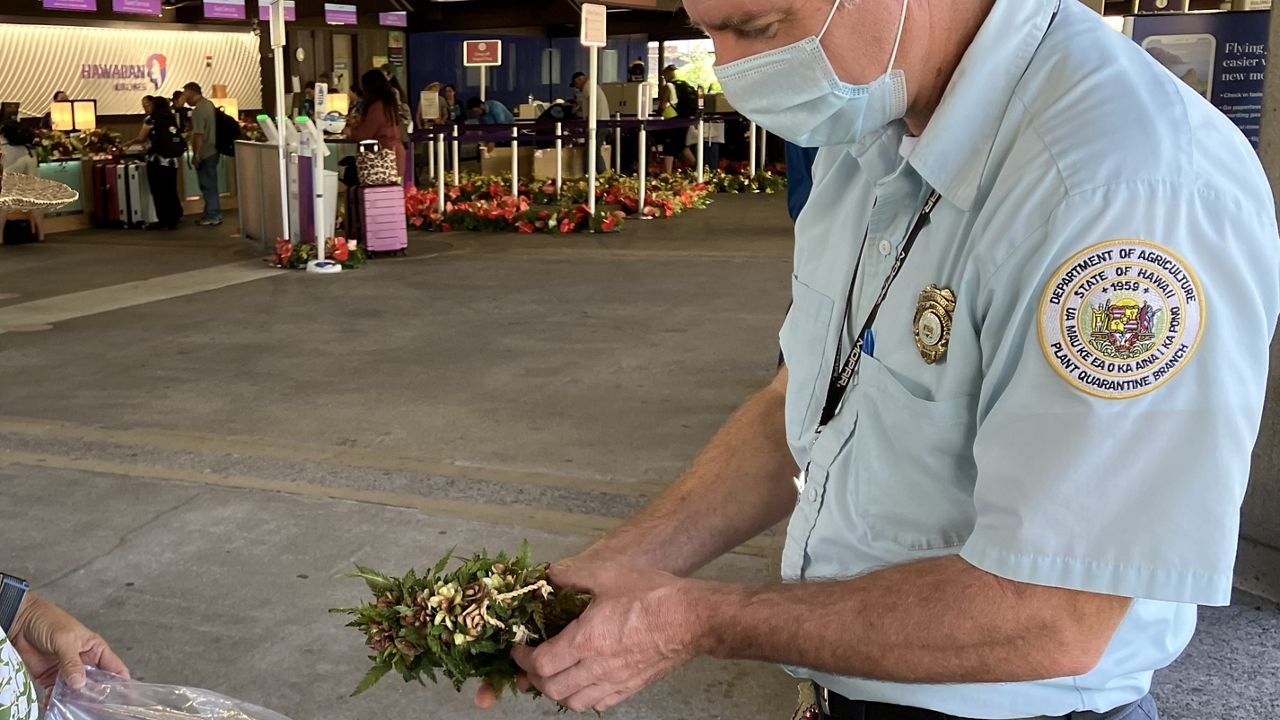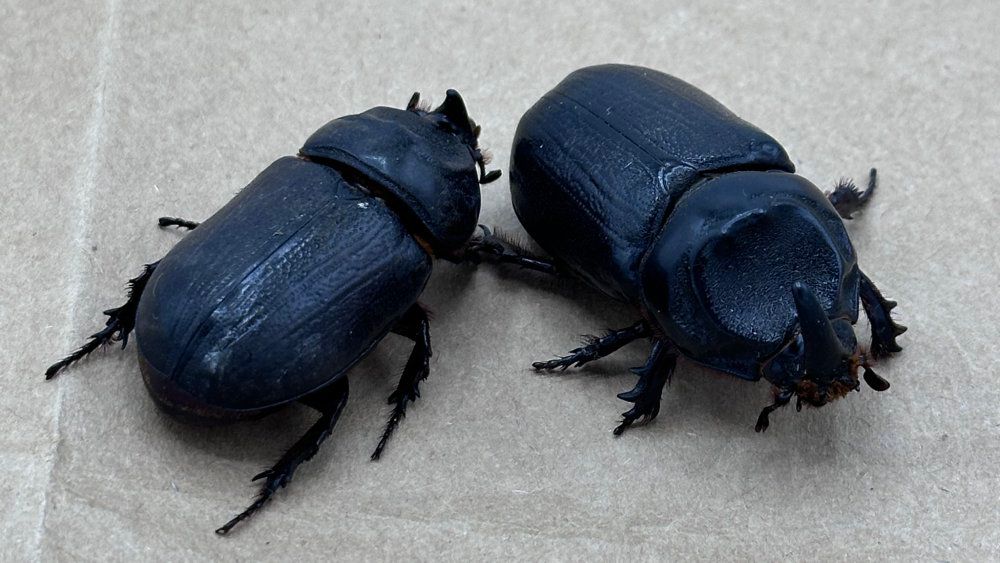Invasive grasses growing in the abandoned plantations on Maui and Hawaii Island fueled the ongoing wildfires, according to a University of Hawaii at Manoa wildfire expert.
Clay Trauernicht, an Assistant Specialist at UH Manoa’s College of Tropical Agriculture and Human Resources, said land management is necessary to prevent future wildfires in Hawaii.
Wildfires on Hawaii Island and Maui, fanned by strong winds from Hurricane Dore, which is passing south of the state, have burned through the land. On Maui, the historic town of Lahaina was destroyed, with 1,700 buildings burned. At least 55 people have been killed in the fires, but Gov. Josh Green has said the number of dead was likely to rise.
In Hawaii over the past three decades, many sugar plantations, pineapple farms and ranches shuttered. Flammable grasses grew densely in the untended land.
Hot, dry and windy conditions all lined up over the last week, making the invasive grasslands “incredibly prone to burning,” said Trauernicht. “Weather conditions really contributed to the explosive behavior that we saw.”
Dry air sucks the moisture out of the grasses, making them burn swiftly and spreading the wildfire faster.
Lahaina was especially vulnerable because the slopes above it were grasslands. These invasive grasses grow right up to the edge of the community.
There are “thousands of acres of uninterrupted grasslands” in Hawaii, said Trauernicht.
Along with problems created by the grasses, he noted the abandoned plantations rarely have properly maintained resources that firefighters can use to fight fires: roads and water.
Long before the fire started, Trauernicht said private landowners and government agencies needed to work together to reduce the amount of “fuels” for the fire. This includes turning abandoned plantation land back into agricultural land, planting forests with trees that will shade out the grass, and grazing with sheep, cattle or goats.
“If you had those kinds of practices being implemented across larger portions of the landscape … the footprints of these fires would be much, much smaller,” said Trauernicht. “Firefighters would have much better odds at containing them. It would be less risky for them.”
He also said “fire breaks” are essential.
“There’s very little opportunity to stop these fires once they get going,” said Trauernicht.
Fire breaks can be created by planting a line of pineapples, a row of bananas, a fence with dragon fruit or wetland taro.
In 2018, Hurricane Lane passed south of the state, creating high winds during a dry and hot season and igniting wildfires on Oahu and Maui. Twenty-one homes were lost on West Maui.
Despite these fires, Trauernicht said there aren’t enough resources being put toward land management, which would decrease the risk of massive wildfires occurring again.
The Hawaii Wildlife Management Organization, a nonprofit on Hawaii Island that Trauernicht works with, organizes neighborhoods to become “firewise.” They encourage large landowners to talk with each other about land management.
“We need to get those folks that do own these large parcels to really rethink what their responsibility is to the neighboring communities,” said Trauernicht. “When we let these fields go fallow, and no actions are taken, this is the consequence.”
Trauernicht called what happened “beyond what we could have imagined as a worst case.”
Michelle Broder Van Dyke covers the Hawaiian Islands for Spectrum News Hawaii. Email her at michelle.brodervandyke@charter.com.






